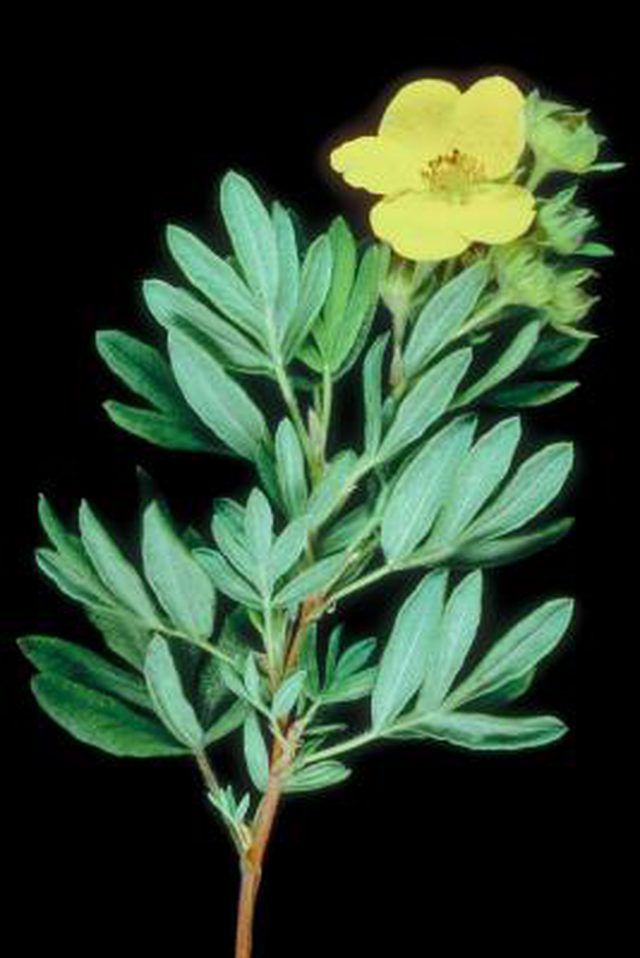Bulbs
Flower Basics
Flower Beds & Specialty Gardens
Flower Garden
Garden Furniture
Garden Gnomes
Garden Seeds
Garden Sheds
Garden Statues
Garden Tools & Supplies
Gardening Basics
Green & Organic
Groundcovers & Vines
Growing Annuals
Growing Basil
Growing Beans
Growing Berries
Growing Blueberries
Growing Cactus
Growing Corn
Growing Cotton
Growing Edibles
Growing Flowers
Growing Garlic
Growing Grapes
Growing Grass
Growing Herbs
Growing Jasmine
Growing Mint
Growing Mushrooms
Orchids
Growing Peanuts
Growing Perennials
Growing Plants
Growing Rosemary
Growing Roses
Growing Strawberries
Growing Sunflowers
Growing Thyme
Growing Tomatoes
Growing Tulips
Growing Vegetables
Herb Basics
Herb Garden
Indoor Growing
Landscaping Basics
Landscaping Patios
Landscaping Plants
Landscaping Shrubs
Landscaping Trees
Landscaping Walks & Pathways
Lawn Basics
Lawn Maintenance
Lawn Mowers
Lawn Ornaments
Lawn Planting
Lawn Tools
Outdoor Growing
Overall Landscape Planning
Pests, Weeds & Problems
Plant Basics
Rock Garden
Rose Garden
Shrubs
Soil
Specialty Gardens
Trees
Vegetable Garden
Yard Maintenance
How to Transplant Potentilla
How to Transplant Potentilla. Transplanting landscape shrubs can be a gardener's nightmare. Unlike nursery stock with confined roots, shrubs established in the landscape are difficult to move because their roots are both deep and widespread. Fortunately, potentilla, or cinquefoil, is fairly easy to transplant successfully because its roots are...

Transplanting landscape shrubs can be a gardener's nightmare. Unlike nursery stock with confined roots, shrubs established in the landscape are difficult to move because their roots are both deep and widespread. Fortunately, potentilla, or cinquefoil, is fairly easy to transplant successfully because its roots are thin, woody and usually fairly shallow. Also known as shrubby or bush cinquefoil, potentilla (Potentilla fruticosa or Dasiphora floribunda) is a deciduous perennial shrub. Most cultivars are small, standing between two and four feet tall, and flower all summer long. Plants are tough, thriving into Zone 2. They can regenerate themselves by sprouting from the root crown.
Things You'll Need
Rich compost
Garden shovel
Garden spade
Burlap
Sharp knife
Shredded leaves or pine straw
Select a suitable transplant site -- ideally a location in full sun with afternoon sun, to protect summer bloom color. Potentilla needs well-drained soil but otherwise is not fussy. Spread two inches of rich compost and thoroughly cultivate the soil.
Several days before transplanting, thoroughly water the entire potentilla root area. Shrubs should be completely hydrated before transplanting.
Mark one side of the trunk so you'll remember the plant's original orientation to the sun when replanting it. This can help prevent sunscald injury.
Dig all around the shrub using the spade -- severing all roots -- and down to at least 14 or 15 inches to get underneath major roots. Carefully lift the root ball and wrap it with wet burlap.
Dig the new planting hole two to three times wider than the root ball but the same depth. Make clean cuts on any damaged roots, and sever any circling or kinked roots to prevent girdling. Orient the potentilla correctly to the sun.
Backfill the hole and immediately water the entire planting site thoroughly. Make sure the soil remains moist. In the absence of regular rains, water deeply every 10 to 14 days, or whenever the soil is dry three to four inches down.
Mulch with two to three inches of shredded leaves or four to five inches of pine straw to conserve moisture, maintain even soil temperature and deter weeds. Keep all mulch at least three to four inches away from woody trunk stems.
Tips & Warnings
If soil is very dry, water the hole before transplanting to prevent post-planting water from migrating away from the root ball.
In nature, bush cinquefoil typically grows in transitional zones between wetland sites and drier upland sites -- which explains why this plant tolerates both wet and dry sites.
Potentilla shrubs attract both bees and butterflies but deer don't like them much.